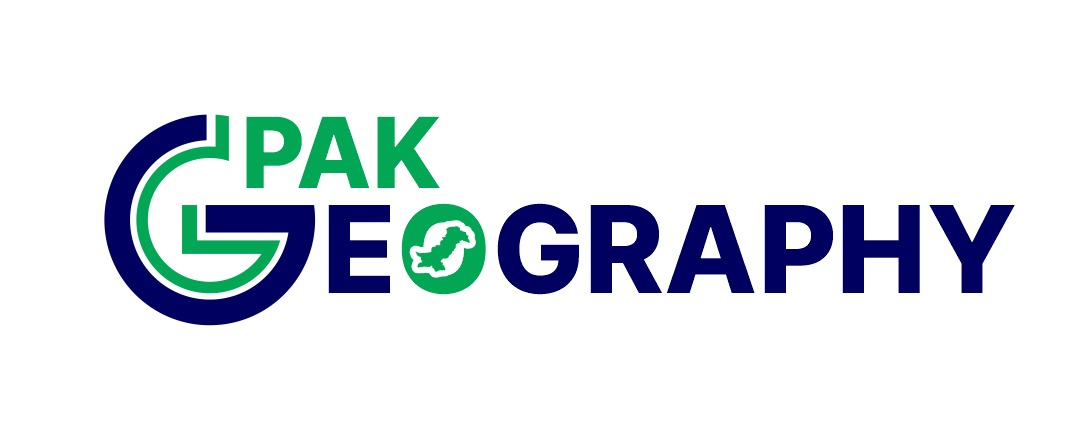Arazi Ghulam Yasin is a densely populated village located in Tehsil Multan City of Multan District, Punjab Province, Pakistan. According to the 2023 census conducted by the Pakistan Bureau of Statistics, the total population of the village stands at 15,614, consisting of 7,826 males and 7,781 females. The gender distribution is nearly equal, with males making up 50.1 percent and females 49.9 percent of the population. The village spans an area of 866 acres, resulting in a high population density of approximately 18.03 persons per acre.
Remarkable Educational Achievement in Arazi Ghulam Yasin
Arazi Ghulam Yasin boasts a relatively strong literacy rate of 65.2 percent for the population aged 10 years and above, surpassing the Multan District average of 61.41 percent by 3.79 percentage points. The male literacy rate is 66.9 percent, which is just slightly below the district male average of 67.28 percent by 0.38 percentage points. Female literacy stands at an impressive 63.6 percent, exceeding the district female average of 55.27 percent by 8.33 percentage points. These figures reflect a balanced and encouraging educational environment in the village, particularly for women.
The educational qualifications achieved by the residents are as follows:
- Primary but below Matric: 1,579 males and 1,523 females
- Matric but below Degree: 1,254 males and 1,055 females
- Degree and above: 533 males and 503 females
Religious and Age Composition
Out of the total 15,614 residents of Arazi Ghulam Yaseen, 15,574 are Muslims, while 40 individuals follow other religions.
The population aged 10 years and above totals 11,708.
Those aged 18 years and above number 9,010, making up a large part of the active workforce.
There are 769 senior citizens aged 60 years and above, reflecting a mature demographic component.
Arazi Ghulam Yasin stands out as an educationally progressive village. With literacy rates higher than the district average—especially among females—and a strong presence of higher education among both genders, the village exemplifies the success of rural education initiatives. It serves as a model for balanced gender inclusion in academic advancement.
Data Summary
| Parameter | Value | District Comparison |
|---|---|---|
| Population | 15,614 | – |
| Males | 7,826 (50.1%) | – |
| Females | 7,781 (49.9%) | – |
| Literacy Rate | 65.2% | 3.79% above district |
| Male Literacy | 66.9% | 0.38% below district |
| Female Literacy | 63.6% | 8.33% above district |
| Adult Population (18+) | 9,010 | – |
| Senior Citizens (60+) | 769 | – |
| Area | 866 Acres | – |
